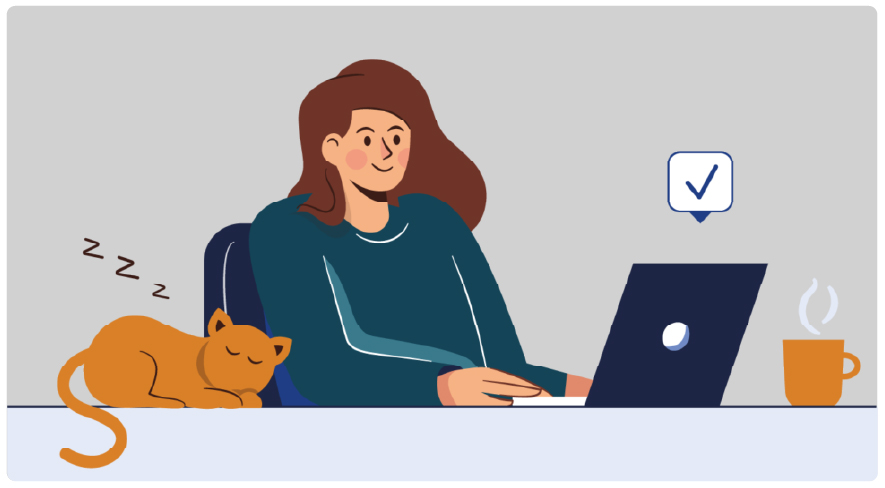Differentiated instruction – This method assesses students’ learning relative to their goals, further letting teachers adjust the lesson to match their needs.
While this approach is relatively common in programmed and tech-enabled settings, educators can also bring it to offline and hybrid classrooms with ‘Think Dots.’
Think Dots are ideal for small group activities and tutorials. All you need is a dice and a sheet of paper with six questions or tasks.
How to Use Think Dots
- Explain a new concept as per the usual lesson plan.
- Ask students to take turns rolling the dice and complete the task from the corresponding dot.
- Students are allowed to skip a question and roll the dice again.
- More than one person can take up the same job.
- Record each student’s response individually.
Example of Think Dots
Concept: Onomatopoeia
Sound words that are used as both nouns and verbs. For example, “hiss” or “thud.”
- Find an example of Onomatopoeia from the story.
- Why did the writer use Onomatopoeia in the passage?
- Time yourself for two minutes and list down all Onomatopoeia examples you can think of.
- Write a letter like Onomatopoeia on the topic “We are words, too!”
- Write a poem or paragraph using at least one onomatopoeic word.
- Research the origins of Onomatopoeia. What do the parts of this word mean?
Also known as ‘Cubing,’ this concept offers a chance for students to understand an idea through a series of perspectives. Rolling the dice gives a semblance of ‘playing’ while learning. Since all students have their cubes, they are less concerned about what their peers are doing.
Setting Learning Objectives
This method aligns with Bloom’s Taxonomy, a framework that K-12 teachers have applied for generations to clarify objectives for themselves and their students.
As you move up the pyramid, you build on the acquired knowledge and transition into “putting skills to practice.” Asking questions is an integral part of evaluating the learning requirements and designing appropriate lessons.
(Contributed by Arushi Sharma. This article was originally published in the Teachers’ section of The Plus magazine)

